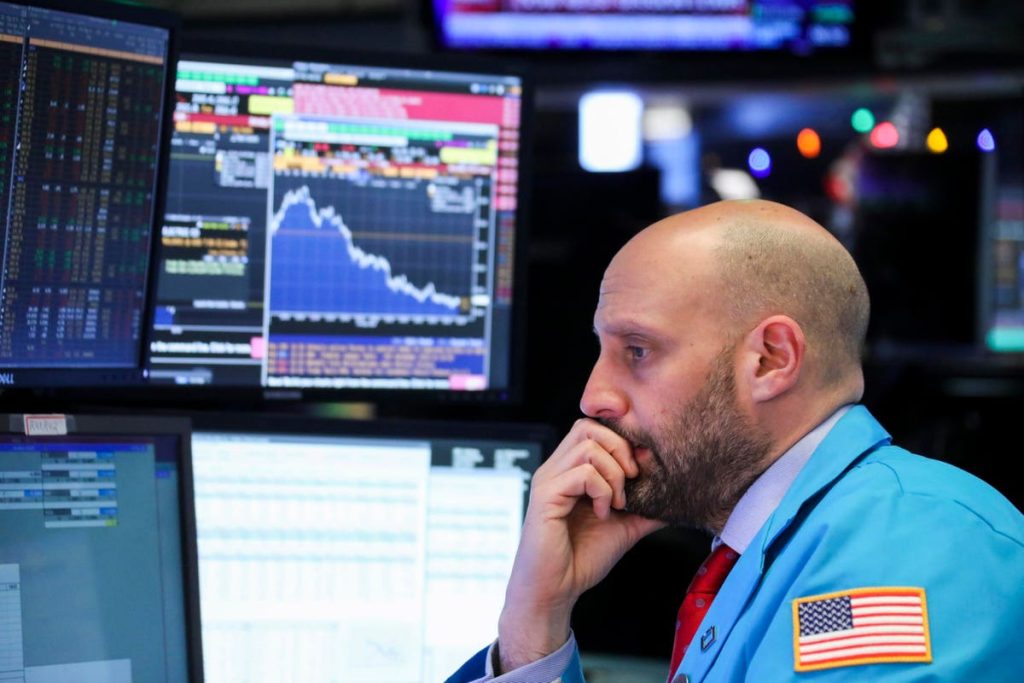Recession is a frightening word. Whether the economy is poised for one has long absorbed debate for at least the last 12-18 months. Declining real GDP figures in the first half of 2022 convinced many that the U.S. economy was already in recession. When moderate growth returned in the year’s second half and jobs figures remained relatively strong, others, most notably the White House, declared that recession was a distant possibility. The bond market, however, has issued a firm warning that an economic correction looms on the horizon. That warning comes in the form of what is called an inverted yield curve – when long-term bond yields are atypically lower than shorter-term interest rates. The sign should not be ignored.
Typically, yields on longer-term bonds are higher than rates on shorter-term instruments. That stands to reason. To induce investors to take the risk of locking up their funds for longer stretches of time, longer-dated bonds have to offer higher returns. During those rare times when the interest rate relationship reverses – “inverts” in bond-market jargon, it signals recession, and the sign has a striking good forecasting record.
According to research done by The Federal Reserve (Fed) of San Francisco, yield curve inversions have foreshadowed all ten recessions the U.S. economy has suffered since 1955. The extent of the inversion varies from one event to the other, and it sometimes clears up before the onset of recession, but an inversion preceded every economic correction and only once, back in the 1960s, did it give a false signal. This is about as reliable an economic indicator as one can get.
The connection between inversions and recessions stands to reason. Bond markets, like all financial markets, look forward. Especially when the Fed is raising interest rates, as it is now, they see the likelihood of an economic correction that will ultimately drive interest rates down again. Bond investors buy bonds in anticipation of that coming event, in order to lock in high yields before they go back down and because the ultimate decline in yields will produce capital gains on such bond holdings. That buying keeps the longer yields from rising entirely in tandem with the short-term interest rates directly under the Fed’s control.
During the last 9 months or so, these recession warnings have emerged. The yield curve first inverted in October 2022. At the end of that month the rate offered on 3-month Treasury paper, to use bond-market jargon, and the 10-year bond were the same, at 4.1%. By mid-January 2023, the 3-month rate was 4.7%, while the 10-year yield stood at 3.4%, slightly lower than in the previous October. The inversion amounted to 1.3 percentage points. As of mid-July, the two rates stood respectively at 5.4% and 3.8%, steeper than the inversion of January. Based on these moves, the Fed of Cleveland has issued percent chances of recession, raising them from 54% last December to over 63% in January to almost 78% this past June, the most recent calculation available.
As valuable as the yield curve is as a forecasting tool, it offers limited insight on timing. The historic record shows great variability between the first signs of inversion and the onset of recession, so great that an average would offer no insight. The longest lag equaled 22 months from the first inversion in January 2006 and the onset of the great recession in late 2007. The shortest lag in the historic record is 6 months from the initial inversion in August 2019 to the onset of recession in February 2020, though there is reason to believe that the Covid pandemic, or rather the lockdowns and quarantines associated with it, telescoped the timing.
If the longest lag on record is a guide to present circumstances, the coming recession would wait to begin until August 2024. That would be especially inconvenient for a Biden presidential campaign, but there is no reason to suppose that the longest lag is any more applicable than any other, except that using the shortest lag on record says that the recession is already late. Splitting the difference between the longest and shortest lag would put the start of recession in the final quarter this year. That timing is broadly consistent with other weakening economic indicators, as regular readers of this column know.
Forecasting is always and ever a fraught business. Nonetheless, the direction of this valuable indicator looks clear, as do other economic indicators. Just about all point to a coming economic correction, even if those two weak quarters at the beginning of 2022 were themselves a false signal.
Read the full article here









